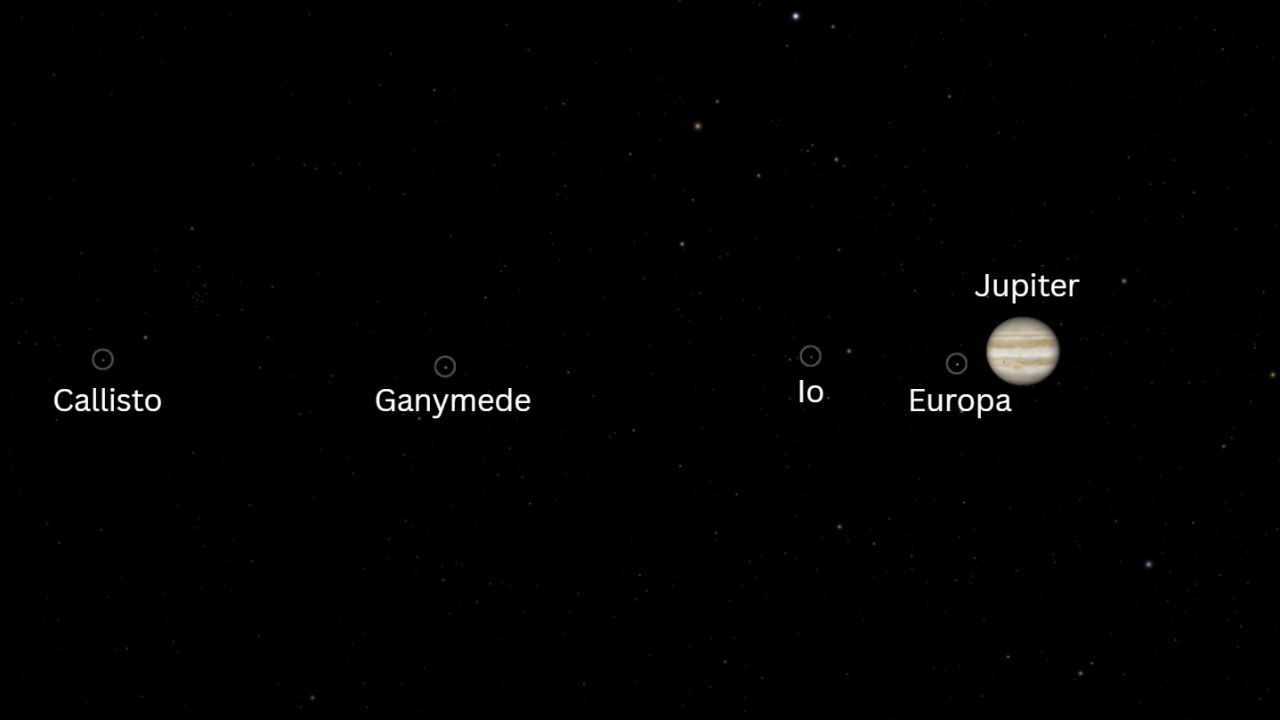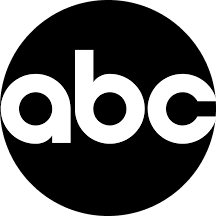The predawn hours of Aug. 8 present a perfect opportunity to see Jupiter's four largest moons line up next to the "King of the Planets" as it voyages through the stars of the constellation Gemini.
Stargazers in the U.S. will see Jupiter rise above the eastern horizon roughly two hours before sunrise on Aug. 8, with Venus visible as a bright morning "star" less than 5 degrees to its upper right.
Observing the Jovian system with a pair of 8x42 binoculars will reveal the presence of Jupiter's four brightest moons: Io, Europa, Ganymede and Callisto. However, a small telescope — especially a Schmidt-Cassegrain or a Maksutov-Cassegrain — will help resolve greater detail on the gas giant's cloud surface, while providing a closer view of the orbiting worlds.
Jupiter's four largest natural satel

 Space.com
Space.com

 KRWG Public Media
KRWG Public Media New York Post
New York Post AlterNet
AlterNet The Daily Beast
The Daily Beast Aljazeera US & Canada
Aljazeera US & Canada Essentiallysports Golf
Essentiallysports Golf ABC News Video
ABC News Video